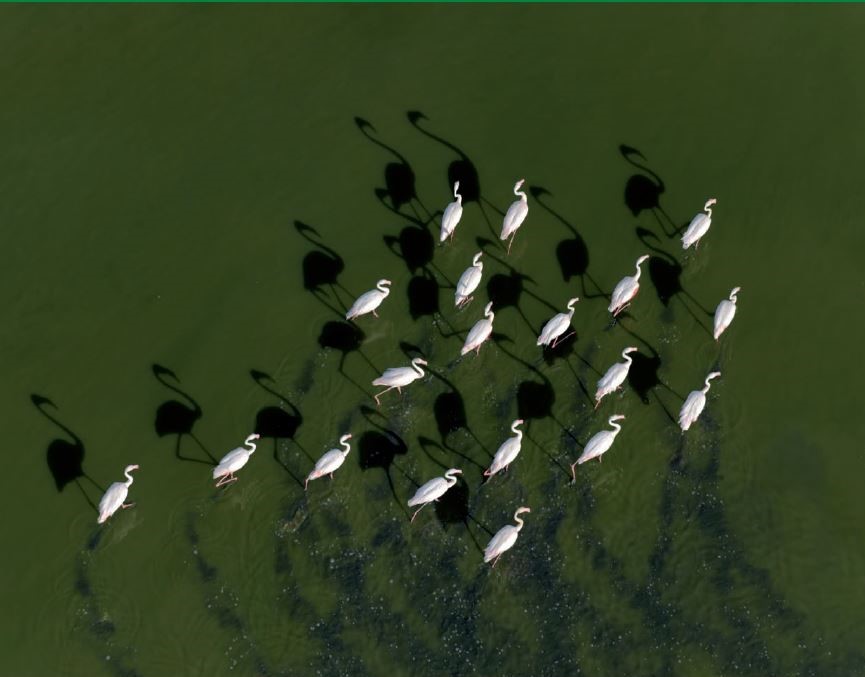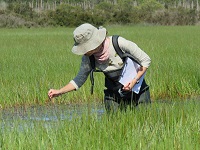The restoration of degraded areas and the creation of artificial ecosystems have partially compensated for the continuing loss of natural wetlands. However, the success of these wetlands in terms of the capacity of supporting biodiversity and ecosystem functions is unclear. Natural, restored, and artificially created wetlands present within the Doñana protected area were compared to evaluate if they are equivalent in terms of waterbird functional trait diversity and composition. Functional diversity measures and functional group species richness describing species diet, body mass, and foraging techniques were modelled in 20 wetlands in wintering and breeding seasons. Artificial wetlands constructed for conservation failed to reach the functional diversity of natural and restored wetlands. Unexpectedly, artificial ponds constructed for fish production performed better, and even exceeded natural wetlands for functional richness during winter. Fish ponds stood out as having a unique functional composition, connected with an increase in richness of opportunistic gulls and a decrease in species sensitive to high salinity. Overall, the functional structure of breeding communities was more affected by wetland type than wintering communities. These findings suggest that compensating the loss of natural wetlands with restored and artificial wetlands results in systems with altered waterbird?supported functions. Protection of natural Mediterranean wetlands is vital to maintain the original diversity and composition of waterbird functional traits. Furthermore, restoration must be prioritised over the creation of artificial wetlands, which, even when intended for conservation, may not provide an adequate replacement. informacion[at]ebd.csic.es: Almeida et al. (2020) Comparing the diversity and composition of waterbird functional traits between natural, restored, and artificial wetlands. Freshwater Biology DOI 10.1111/fwb.13618
https://onlinelibrary.wiley.com/doi/full/10.1111/fwb.13618


 La Fundación Jaime González-Gordon ofrece cuatro becas para el desarrollo de Trabajos de Fin de Máster sobre Doñana
La Fundación Jaime González-Gordon ofrece cuatro becas para el desarrollo de Trabajos de Fin de Máster sobre Doñana
